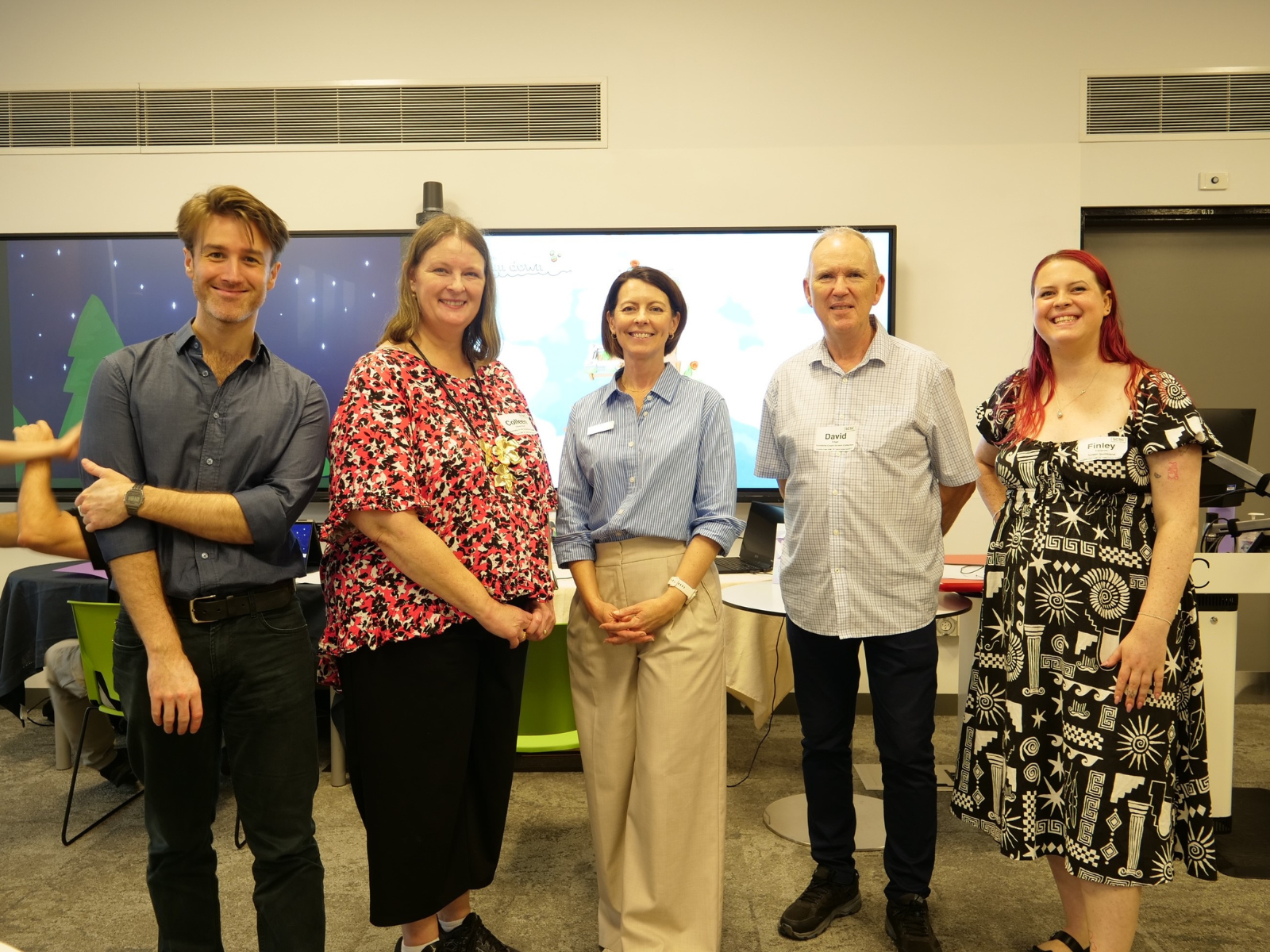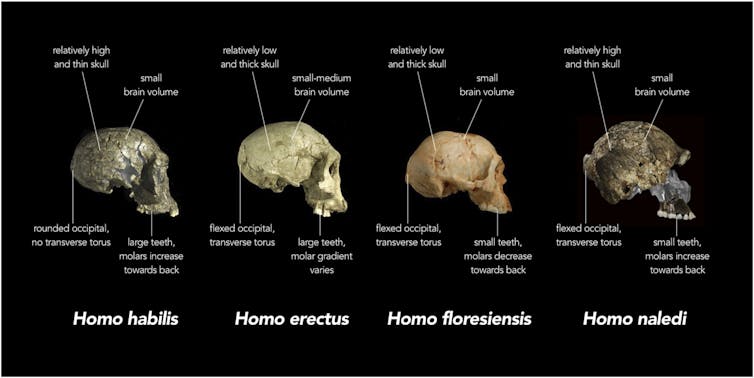Many gender diversity workplace issues can be explored more deeply by mainstream Australian print media, from the University of Melbourne.
The analysis of five years of Australia print media coverage found many examples of articles about workplace gender issues for high-profile women and sexual harassment cases. But although this coverage is important, more focus on the everyday workplace experiences of women, facts and figures about policies and practices, and a broader discussion of importance of workplace gender diversity would also be valuable, according to the report.
The analysis included data of workplace gender diversity narratives presented in the highest-circulation newspapers in each state and territory capital city, and nationally (a total of 12 newspapers), between July 2014 and June 2019.
A machine learning technique called topic modelling was applied to over 250,000 articles to identify and categorise topics related to workplace gender diversity.
This analysis revealed that the most common topics were focused on the experiences of relatively well-known and powerful women, sexism in the media industry and high-profile sexual harassment cases.
Gender diversity management researcher Dr Victor Sojo said that it would also be helpful to see more coverage of data and analysis regarding the magnitude of workplace gender inequities, along with the type and impact of different workplace gender diversity practices and policies.
“For example, reducing the incidence of the sexual harassment that has been the focus of the #MeToo movement requires effective policies. Yet there was much less discussion of the kinds of policies and practices that could help achieve that,” Dr Sojo said.
According to the researchers, while it’s important for the successes and challenges of high-profile women to be visible, so too are the work experiences of marginalised women – women living below the poverty line, Aboriginal and Torres Strait Islander women, migrant women, queer women and women living with a disability.
Greater representation of these women as writers and editors would likely help to shift the current focus, according to the report.
The report also used qualitative content analysis of 720 articles across the five-year period to look more closely at what articles were saying about efforts to increase workplace gender diversity.
Overall, the articles were more likely to present arguments in favour of workplace gender diversity initiatives than against.
Articles also tended to be as likely to pay attention to justice-based reasons for such efforts (for example, that they will reduce discrimination towards women) as they were to focus on ‘business case’ or economic reasons (such as increased profits).
Gender issues expert and report co-author Professor Cordelia Fine said the articles – particularly the justice-focused ones – missed the opportunity to present a much richer set of arguments in favour of workplace gender diversity initiatives.
“Research points to several important reasons to increase workplace gender diversity that are rarely discussed in print media. These include the importance of greater equality in power and leadership, positive effects on organisational governance, reducing male-centrism in products and services delivered to the community, as well as the economic and social benefits for men,” Professor Fine said.
The quantitative topic modelling for the report was conducted by researchers from the School of Computing and Information Systems in Melbourne School of Engineering.
The research was supported by data provided by VicHealth and funded through the Economic and Social Participation Research Initiative (ESPRit) Hallmark Seed Funding Scheme and Early Career Research Grants.








